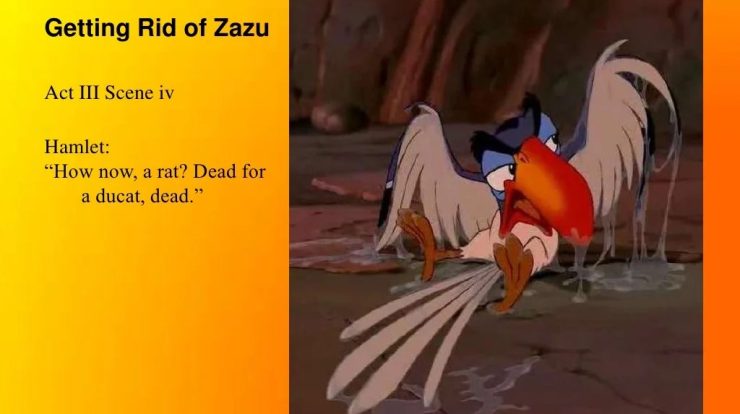Allusions from to kill a mockingbird – Harper Lee’s “To Kill a Mockingbird” is a novel rich in allusions that draw from history, literature, the Bible, and culture. These allusions enhance the novel’s themes, characters, and overall meaning, contributing to its complexity, depth, and universality.
The novel’s historical allusions evoke the racial tensions of the Jim Crow South, while its literary allusions reference classic works such as Shakespeare’s “Hamlet” and Dickens’ “Great Expectations.” Biblical allusions explore themes of justice, innocence, and redemption, while cultural and mythological allusions contribute to the novel’s exploration of race, prejudice, and the human condition.
Introduction
Definition and Significance of Allusion, Allusions from to kill a mockingbird
An allusion is a literary device that refers to a well-known person, place, event, or work of art without explicitly naming it. Allusions add depth and richness to a text by evoking associations and resonances that enrich the reader’s understanding and appreciation of the work.
To Kill a Mockingbird as a Novel Rich in Allusions
Harper Lee’s classic novel “To Kill a Mockingbird” is a treasure trove of allusions, ranging from biblical references to literary classics. These allusions serve various purposes, including:
- Enhancing characterization
- Providing historical context
- Exploring themes and motifs
- Creating a sense of universality
Historical and Literary Allusions
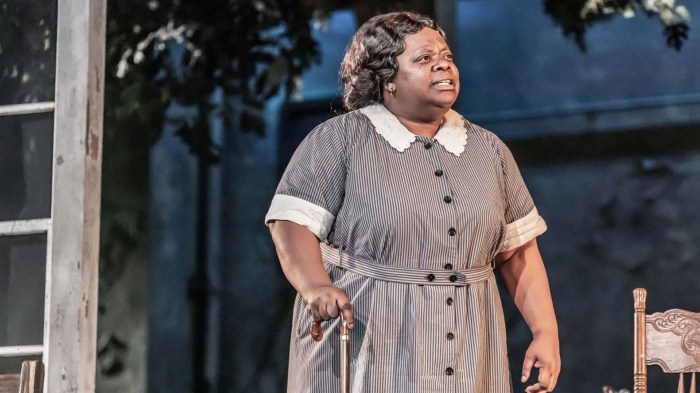
To Kill a Mockingbirdis rich in allusions to historical and literary works. These allusions serve to enhance the novel’s themes and characters, and to provide a deeper understanding of the setting and time period.
Historical Allusions
Harper Lee incorporates several historical allusions into the novel to provide context and depth to the story. One significant allusion is to the Scottsboro Boys, a group of nine African American teenagers who were falsely accused of raping two white women in 1931. The trial and subsequent conviction of the Scottsboro Boys sparked outrage and protests across the country, and Lee’s allusion to this event highlights the racial tensions and injustice that existed in the American South during the 1930s.
Another historical allusion is to the Ku Klux Klan, a white supremacist organization that was active in the American South during the Reconstruction era. The Klan’s reign of terror included lynchings, cross burnings, and other acts of violence against African Americans.
Lee’s depiction of the Klan in the novel serves as a reminder of the ongoing struggle for racial equality in the United States.
Literary Allusions
In addition to historical allusions, To Kill a Mockingbirdalso contains numerous literary allusions. These allusions serve to enrich the novel’s themes and characters, and to provide a deeper understanding of the setting and time period.
One significant literary allusion is to Shakespeare’s Romeo and Juliet. The tragic love story of Romeo and Juliet is echoed in the relationship between Scout and Boo Radley. Like Romeo and Juliet, Scout and Boo are from different worlds and their love is forbidden.
However, their relationship is ultimately based on mutual respect and understanding, and it serves as a reminder of the power of love to overcome adversity.
Another literary allusion is to the Bible. The novel contains several references to biblical stories and characters, such as the story of Adam and Eve, the parable of the Good Samaritan, and the crucifixion of Jesus Christ. These allusions serve to reinforce the novel’s themes of innocence, compassion, and redemption.
Biblical Allusions
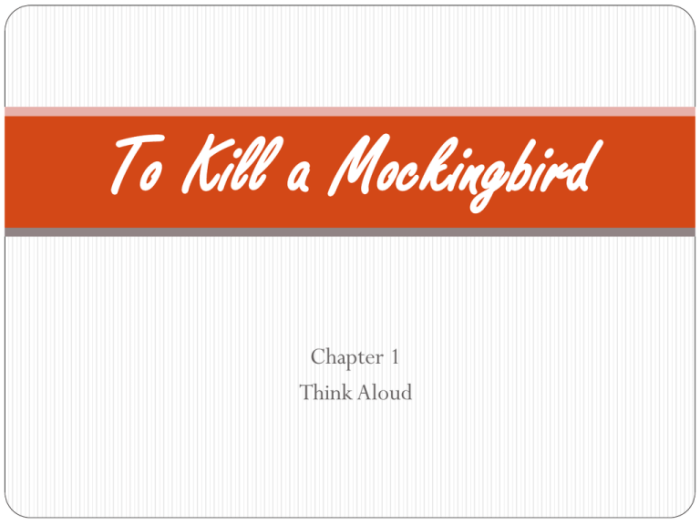
Harper Lee employs biblical allusions throughout “To Kill a Mockingbird” to enhance the novel’s themes and develop its characters. These allusions draw parallels between the events and characters in the novel to those in the Bible, providing a deeper layer of meaning and resonance.
One prominent biblical allusion is the comparison of Tom Robinson to Jesus Christ. Like Jesus, Tom is an innocent man falsely accused and condemned to death. He becomes a symbol of the suffering and injustice faced by African Americans in the Jim Crow South.
The trial scene, in particular, evokes the crucifixion of Jesus, with Tom standing in as a martyr for the sins of others.
The Garden of Eden
The novel also alludes to the Garden of Eden. Maycomb County is initially depicted as an idyllic paradise, similar to the Garden of Eden before the Fall. However, as the novel progresses, the darkness and evil lurking beneath the surface are revealed, mirroring the loss of innocence and corruption that occurred in the Garden of Eden after Adam and Eve ate the forbidden fruit.
The Parable of the Good Samaritan
The novel’s exploration of compassion and empathy is enriched by allusions to the Parable of the Good Samaritan. Atticus Finch embodies the Good Samaritan, reaching out to help those in need, regardless of their race or social status. His actions serve as a reminder of the Christian obligation to love and care for one’s neighbors.
Cultural and Mythological Allusions
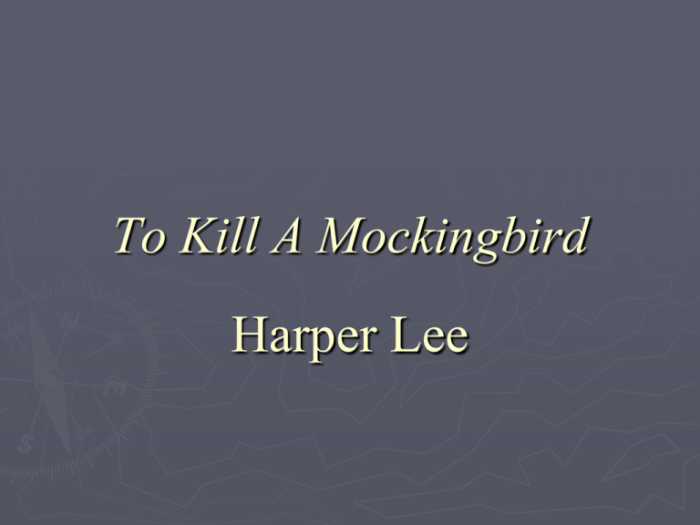
To Kill a Mockingbird employs various cultural and mythological allusions to enhance its exploration of race, justice, and innocence. These allusions draw upon established narratives and archetypes, deepening the novel’s themes and providing a broader context for its characters and events.
The Mockingbird
The novel’s title and central symbol, the mockingbird, evokes the cultural significance of the bird in American folklore. Mockingbirds are known for their ability to imitate the songs of other birds, a characteristic that parallels the novel’s exploration of the ways in which individuals mimic and echo the behaviors and prejudices of their surroundings.
The killing of a mockingbird is considered a sin in Southern culture, symbolizing the destruction of innocence and the violation of moral codes. In the novel, the death of Tom Robinson, an innocent black man, parallels the silencing of the mockingbird’s song, representing the suppression of justice and the denial of equality.
Boo Radley
The character of Boo Radley embodies the mythical figure of the Boogeyman, a monstrous creature that haunts children’s imaginations. Boo is initially portrayed as a mysterious and feared outcast, but his actions throughout the novel reveal his true nature as a compassionate and protective individual.
Boo’s transformation from a monster to a hero parallels the novel’s exploration of the dangers of prejudice and the importance of looking beyond appearances. It also highlights the theme of innocence, as Boo’s misunderstood nature reflects the innocence of other marginalized characters, such as Tom Robinson.
Impact of Allusions: Allusions From To Kill A Mockingbird
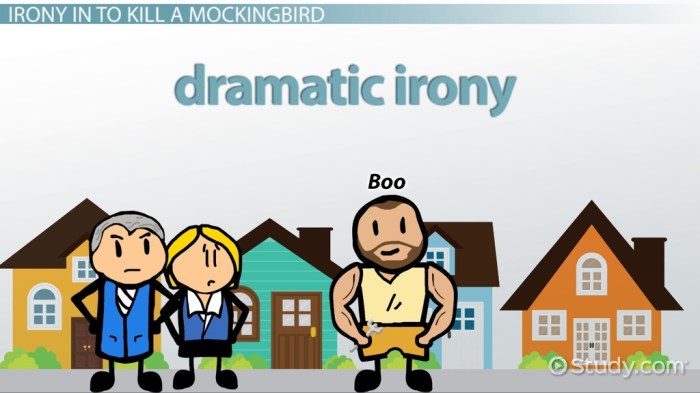
Allusions play a pivotal role in enhancing the novel’s meaning and interpretation. They add layers of complexity, depth, and universality to the narrative.
Complexity and Depth
Allusions enrich the novel’s complexity by connecting it to a broader literary and historical context. They evoke familiar stories, characters, and events, allowing readers to draw parallels and make connections between different works. This intertextuality deepens the novel’s thematic exploration and invites readers to consider multiple perspectives and interpretations.
Universality
Allusions transcend cultural and temporal boundaries, connecting the novel to a shared human experience. By referencing universally recognizable stories and symbols, the novel resonates with readers from diverse backgrounds. It explores timeless themes of justice, prejudice, and the search for truth, making its message accessible and impactful to a wide audience.
Key Questions Answered
What is an allusion?
An allusion is a reference to another work of literature, history, or culture. It can be direct or indirect, and it can be used to evoke a particular meaning or emotion.
How are allusions used in “To Kill a Mockingbird”?
Lee uses allusions to enhance the novel’s themes, characters, and overall meaning. For example, the novel’s title alludes to the song “To Kill a Mockingbird,” which is about the innocence of children and the importance of protecting them.
What are some examples of allusions in “To Kill a Mockingbird”?
Some examples of allusions in the novel include the references to the Bible, Shakespeare’s “Hamlet,” and Dickens’ “Great Expectations.” These allusions help to develop the novel’s themes of justice, innocence, and redemption.
